Nickname(s) Bobby Allegiance United States Name Robert Garwood | Years of service 1964–1973 Rank Private | |
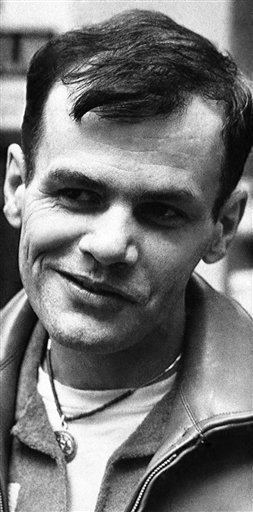 | ||
Service/branch | ||
Robert Russell Garwood (born April 1, 1946) is a controversial former Vietnam War prisoner of war (POW). Garwood was a United States Marine Corps private first class when he was captured on September 28, 1965 near Da Nang, Quang Nam Province.
Contents
- Military service and capture
- 1973 1979
- Court martial
- Post war POW claim investigation
- Film
- Books
- References
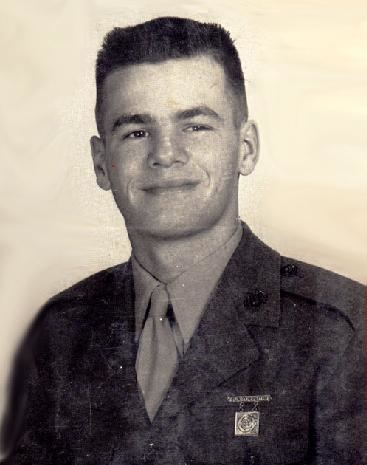
Often cited as the last verified American POW from the Vietnam War, Garwood was taken to North Vietnam in 1969, and reportedly was released in 1973 along with the other American POWs. However, he did not return to the United States until March 22, 1979.

Garwood was judged by the Department of Defense (DoD) to have acted as a collaborator with the enemy. In 1998, the DoD changed Garwood's status from RETURNEE to AWOL/Deserter/Collaborator.

Garwood has repeatedly denied all charges of collaboration. He also accuses the DoD of trying to rewrite history to make him seem a liar to downplay his 1984 claims about POWs left behind. Garwood's claims were investigated but found to have no factual basis.
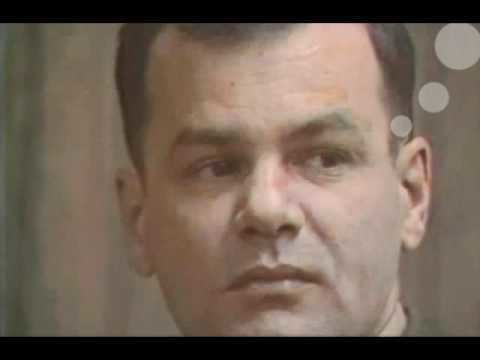
Military service and capture
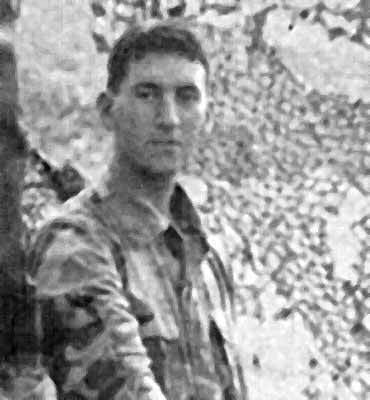
Garwood was assigned to the Marine Corps base at Da Nang in the Republic of Vietnam as a motor pool driver. The circumstances surrounding his disappearance are in dispute. Garwood claims he was ambushed when he got lost when driving alone in a jeep to pick up an officer. He says his jeep was torched and he was stripped naked. Marine Corps records show on 28 September 1965, Garwood was absent at the 2300 bed check. No unauthorized absence (UA) was reported, since he was thought to have had a "late run." He was reported UA when he failed to appear at formation at the next morning.

On 29 September, the Division Provost Marshal was notified of Garwood's absence and an all points bulletin issued for him and his vehicle. This was repeated for three days with no results. Motor pool personnel searched the areas of Da Nang that Garwood was known to frequent, but nothing was found. On 2 October, the division's Provost Marshal notified the Republic of Vietnam's Military Security Services. Their search efforts also produced no information. Garwood's commanding officer reported to the Commandant, USMC, that in view of Garwood's past record of UA, he believed he had gone UA again and had possibly been taken POW. However, he recommended there be no change in Garwood's status and that he remain UA until evidence proved otherwise.
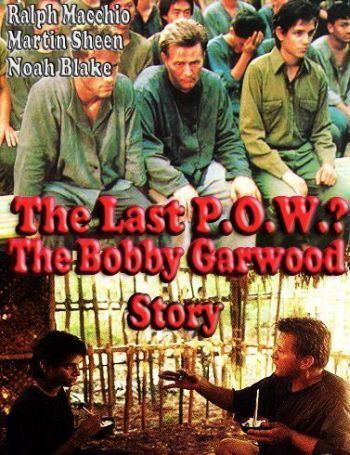
Two separate South Vietnamese agents eventually reported that the Viet Cong claimed a U.S. serviceman and his jeep had been picked up in the Cam Hai region, about 11.5 miles from the Da Nang Marine Corps base, when the serviceman had become lost. The American had been captured and the jeep burned. However, a ground and aerial search for the burned vehicle produced no results, nor did four platoon search operations on 1 October. Two additional infantry platoons swept the area near Marble Mountain the next morning but also found nothing. On 12 October, the 704th ITC Det (CI) authorized a 100,000 VND reward for information leading to the recovery of the missing serviceman and additional 2,500 VND for the recovery of the vehicle.
On 3 December 1965, Company I, 3rd Battalion, 3rd Marine Regiment found a document titled Fellow Soldier's Appeal with Garwood's name on it, on a gate near Da Nang. The document recommended that U.S. troops stop fighting in Vietnam and return home. The signature (B. Garwood) may well have been made by a rubber stamp and the English usage suggests it was not written by a native English speaker. A second version of this document was found on 18 July 1966 in the Da Nang area, but it appeared to be on better quality paper and the signature was at a different angle. Based on these, on 17 December 1965 Garwood's status was changed from "missing" to "presumed captured".
On 15 July 1968, a Marine Corps reconnaissance team named “Dublin City” operating in the vicinity of Troui Mountain near Phu Bai engaged a Viet Cong unit. According to contemporaneous debriefing notes, now declassified, four members of Dublin City reported that the one of the VC fighters was a Caucasian, who was shot during the action and yelled to his VC comrades “Help me!!” in English. The “white VC” was described as 20–25 years old, with brown hair, 5' 6" tall, “round eyes”, and speaking very distinct English. Because they were outnumbered, Dublin City broke off contact with the enemy but were followed. In a subsequent firefight a few minutes later, PFC C.G. Brown was killed. In September, 2011, 43 years later, President Obama awarded one team-member of Dublin City, James Wilkins, a Silver Star for heroism on that day. Following receipt of the Silver Star, he recalled the white VC incident and stated “Myself and three other Marines looked at about 200 photos of guys who were missing in action. All of us were positive it was Bob Garwood, who apparently had defected and was helping the VC.”
1973-1979
Garwood is listed either as having volunteered or been forced into a work group repairing a generator at Lien Trai I, one of the Yen Bai reeducation camps near Hoang Lien San Mountain in northern Vietnam. Other reports describe him as working at an unnamed "island fortress" in Thác Bà Lake, North Vietnam, or having been kept behind in mainland labor camps as a driver and vehicle mechanic.
Court martial
Over a period of eleven months, Garwood faced a general court martial at Camp Lejeune, North Carolina. He was found not guilty of desertion, solicitation of U.S. troops in the field to refuse to fight and to defect, and of maltreatment. However, he was convicted on February 5, 1981 of communicating with the enemy, and of the assault on an American prisoner of war interned in a POW camp, in violation of Articles 104 and 128, Uniform Code of Military Justice. The court-martial sentenced Garwood to reduction to private, forfeiture of all pay and allowances, and a dishonorable discharge. He was not sentenced to confinement. His conviction was upheld on appeal. United States v. Robert R. Garwood, 16 M.J. 863 (N.C.M.R. 1983), aff'd, 20 M.J. 148 (C.M.A. 1985). Garwood's record of trial covered 16 volumes and 3,833 pages of trial record. As a result, Garwood forfeited all back pay and veteran's benefits.
Post-war POW claim investigation
Garwood insists he saw other American prisoners of war after 1973 and insists he himself had been held prisoner for 14 years, though there are inconsistencies in his story. Many former POWs claim to have seen Garwood apparently collaborating with the enemy, though some feel he should not have been court-martialed.
In June 1992, a U.S. task force examined the sites where Garwood claimed to have seen live U.S. prisoners. They interviewed nearby residents and met with Vietnamese officials. However, the task force reported that "no evidence could be found to suggest that there are, or ever were, any live U.S. POWs" in those areas.
The Defense Intelligence Agency (DIA), which called Garwood a "stay-behind," investigated Garwood's claim that he saw live American POWs after 1973 at a "motel-shaped masonry building" in North Vietnam. The DIA reported it could not locate any masonry structures at the indicated location. Senator Bob Smith requested that the DIA search again. After a second search produced no results, Smith initiated a personal search with ABC News, Garwood, and Bill Hendon. The group traveled to Vietnam in 1993. Following Garwood's directions, they reported they did find a building exactly as Garwood had described it. The Vietnamese government and a former head of the DIA POW/MIA office angrily disputed the finding, insisting the structure had not existed when Garwood was a POW.
Film
The television film "The Last P.O.W.? The Bobby Garwood Story," featuring Ralph Macchio and Martin Sheen, was released in 1992. In the film, Ralph Macchio portrays Bobby Garwood, who also served as a consultant for the production. The producers of the film suggested that Garwood was instructed by a higher-ranking POW to ensure his survival, though there is no verified evidence to support this claim.
Garwood was also interviewed in 2006 by Sean Clifford for a Yale University senior thesis project. The project involved a documentary film component and Garwood participated in more than eight hours of videotaped interviews. The film included interviews with Garwood's court-martial attorney, Vaughan Taylor, and fellow former POW David Harker. The interviews with Garwood were the first in more than a decade and they represented his most complete account to date of the events surrounding his capture and eventual return to the United States.
